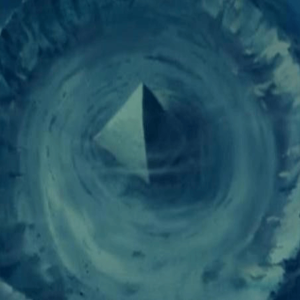DISCOVERED WHY ALIEN CIVILIZATIONS DO NOT CONTACT US


The sun is not the right place for aliens to choose as a base
Those who believe in the Drake Equation may have found a suitable explanation for why extraterrestrial civilizations have yet to be discovered by humans. Accordingly, a study just published by a team of researchers in the US confirms that extraterrestrial civilizations tend to look for specific star strains when establishing an intergalactic base.
Simply put, our Sun simply doesn’t meet the alien criteria.
In 1950, Enrico Fermi and Michael Hart pointed out a flaw in the Drake Equation, which estimates the number of civilizations in our galaxy. While the Drake Equation gives a large probability for the existence of advanced alien civilizations, Fermi and Hart wonder why we haven’t discovered one yet. This is known as the Fermi Paradox.
A few years after the publication of the Drake Equation, Hart published a detailed study to further analyze the Fermi Paradox. According to Hart, extraterrestrial civilizations can rapidly expand their empires by sending spacecraft to the nearest 100 stars. This process will be repeated continuously, allowing these civilizations to expand the entire galaxy in a short time.
According to Hart’s calculations, an advanced extraterrestrial civilization could come into contact with humanity right now. However, since we haven’t had any contact yet, Hart also concludes that there isn’t any extraterrestrial civilization out there. As a result, missions like the Search for Extraterrestrial Intelligence (SETI) make no sense.
The American astrophysicist also went on to claim that if there is any attempt to colonize our Solar System, it could be our descendants.
In a study accepted and published by the Astrophysical Journal, Jacob Haqq-Misra and Thomas Fauchez from the Blue Marble Institute for Space Science and American University, respectively, point out flaws in the Fermi Paradox itself.
The authors suggest that, since all stars in the galaxy are not the same, extraterrestrial civilizations will be a bit… ‘picky’ in choosing a suitable place to establish a colony in space. . A study in 2021 claims that long-lived civilizations would rather choose low-mass K-dwarf and M-type star systems to maximize the lifetime in the galaxy.

Types of stars in the universe
Both K and M dwarfs are long-lived stars when compared to a yellow dwarf like our Sun. While this may not make a huge difference to humanity, the authors suggest that alien civilizations capable of colonizing solar systems would certainly consider this when making their decision. their decision.
Regardless of the advanced stage of civilization, an attempt to colonize a solar system would still require a huge dedication of resources. An alien civilization will not bet its resources on a star that is at the end of its life, or may be about to ‘die’ in the next few million years.
According to researchers’ estimates, an advanced civilization could take about two billion years to reach all of the low-mass stars. There may be many civilizations trying to do this right now in our galaxy, which we can’t get rid of just because we haven’t discovered them yet. Programs like SETI can help us in this effort to detect them.
Humans certainly won’t be able to repeat their success in their lifetimes, but that doesn’t mean we shouldn’t stop looking for signs of them either.




